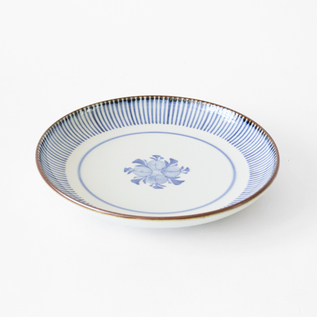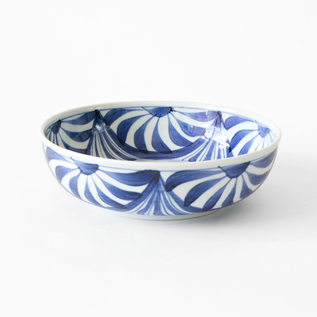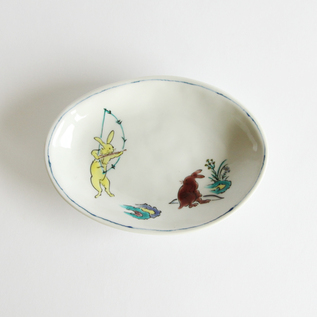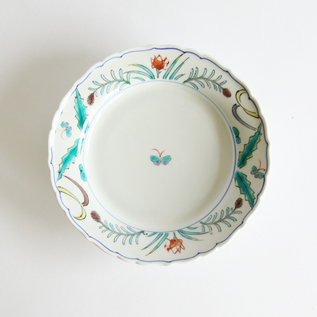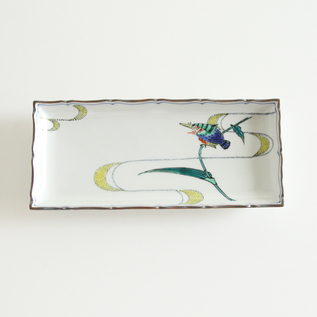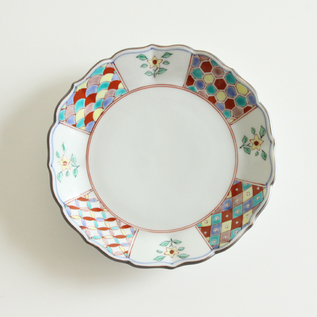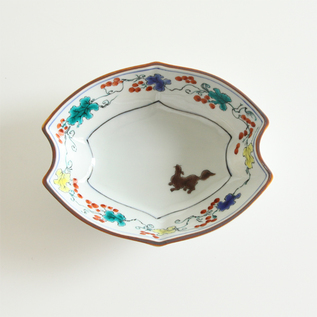- トップページ/
- Gifts by scene/
- MOTHER'S DAY/
- RICE BOWL
RICE BOWL
Would you like to eat what you like?
The name comes from the Kansai dialect "Kurawanka" (Why don't you eat it?), For a very cute reason. It originated in the Edo period and is made into a stable shape with a high bottom butt (high ground) for eating on an unstable ship that flows through the river, and it is a traditional vessel that continues to be practiced today.
When incorporating warm pottery into your life, what you care about is how to handle it. The so-called earthenware is delicate, and many people may hesitate to use it everyday. For such people, we recommend that you first try porcelain. Porcelain made from porcelain is baked at a high temperature of 1200 ° C or higher when it is produced, and the dishwasher and microwave oven are also durable.
There are various types of porcelain, such as Kutani ware, which is characterized by its colorful painting, and Arita ware, which is characterized by its elegant whiteness. Among them, this time we will introduce Tobe ware, a simple, chubby and warm porcelain that is also designated as a national traditional craft. Among them, the vessels of the Umeyama kiln, the oldest kiln, are beautifully painted, and you can enjoy the unique taste of a long-established store that has walked a long history of 150 years with life.
Versatile vessel and beautiful painting
The rustic form of the Kurawanka bowl has a laid-back shape and a large hill that creates a sense of stability and a fit when held in the hand. Because of that sense of stability, in the Edo period, in addition to rice, soup, rice cakes, and sake were also added. You can serve rice as a bowl, use it as a small bowl for a sense of stability, or add dessert or salad for breakfast. It is a convenient container that can be used for any number of purposes, so please start with the Kurawanka bowl and incorporate it into your daily life.
We have prepared two types, "Descent Red Flower" and "Red Line Trefoil".
Painting drawn by a craftsman with a single stroke is a unique technique called the Umeyama style. While having the dynamics of folk crafts, it is not too gorgeous and not too simple, and it goes well with any dish. The lively design with nature as a motif enhances the monochromatic dishes, and the white base and the bright blue color of Kuresu, which are the characteristics of porcelain, enhance the colors of the multicolored dishes and enhance the appetite.
A vessel where tradition lives
Tobe ware, which began production in 1775, and the long-established kiln, Umeyama Kiln, which has been walking along with its long history, were opened by Seigoro Umeno in 1882. Soetsu Yanagi, Shoji Hamada, Shigeo Suzuki, who had the oldest history of Tobe ware pottery and promoted a folk art movement advocating the value that "beauty is in life" for the reconstruction of Tobe ware after the Pacific War. Kanjiro Kawai and others were involved in the production of the Umeyama kiln, and completed a unique technical technique in which each piece is hand-made from rokuro to painting.
The flow of this movement has been handed down to the present day as "a shape that is close to daily life," "a pattern that allows you to feel nature," and "a simple and beautiful" handwork, "and has become a user under the concept of" use and beauty. " We continue to make vessels that are close to each other.
Umeyama kiln vessels use only those from Tobe, from pottery stones to Kuresu pigments, and are a brand rooted not only in daily life but also in the community. The vessel, which is filled with deep feelings for both the creator and the community, has a beauty that you will never let go of.
| Size | Diameter: 12cm
Height: 7cm |
| Weight | 239g |
| Material | Porcelain |
| Country of origin | Japan |
| Compatibility | Microwave: o
Dishwasher: o Oven: x |
Notice
- - Because it is handmade, the shape, size, and color of the painting may differ slightly. Please note that it is not exactly the same as the image and size.
ブランド紹介
BAIZANKILN
The Umeyama kiln, a long-established kiln that has continued to move along with the history of Tobe ware, was opened by Seigoro Umeno in 1882. The Umeyama kiln, which survived the loss of many kilns in the war, was instructed by Soetsu Yanagi, Shoji Hamada, Shigeo Suzuki, and Kanjiro Kawai, who were promoting the folk art movement. We have completed the unique technique of Umeyama kiln. The Umeyama kiln, which has the longest history of Tobe ware kilns and has been making vessels rooted in daily life for many years, makes the best use of the characteristics of porcelain based on the concept of "use and beauty" and makes it easy to use and beautiful on a daily basis. It is a brand that continues to be close to daily life.
| 商品 | 価格(税込) | 在庫 | 個数 | |
|---|---|---|---|---|
.jpg)
|
¥1,980(税込) |
✕
|
Backorder
|
|

|
¥2,310(税込) |
✕
|
Backorder
|
|

|
¥2,200(税込) |
✕
|
Backorder
|
Added to cart
くらわんかには、他にもこんな仲間がいます
-
BAIZANKILN
Squares plate 2 pieces¥1,854〜(税込)
-
BAIZANKILN
6 inch bowl¥3,465〜(税込)
-
BAIZANKILN
ROUND PLATE¥3,251〜(税込)
-
BAIZANKILN
OVAL PLATE¥3,905(税込)
-
BAIZANKILN
7 inch flat bowl¥4,131〜(税込)
くらわんかを見た人はこんなアイテムも見ています
-
MIYAMOTO TAIZANDO
KUTANI CHOJU-GIGA OVAL PLATE¥1,595(税込)
-
MIYAMOTO TAIZANDO
KUTANI WARE FLOWER AND BUTTERFLY PATTERN¥1,886(税込)
-
MIYAMOTO TAIZANDO
KUTANI KINGFISHER RECTANGULAR PLATE¥2,200(税込)
-
MIYAMOTO TAIZANDO
KUTANI RED PATTERNED PLATE¥3,190(税込)
-
MIYAMOTO TAIZANDO
KUTANI WARE GRAPES AND SQUIRREL BOAT-SHAPED PLATE¥2,640(税込)

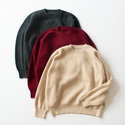


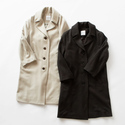

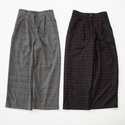
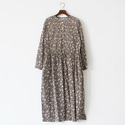


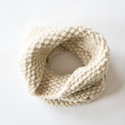

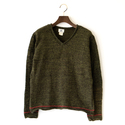

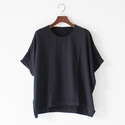
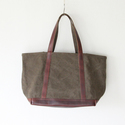


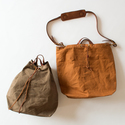

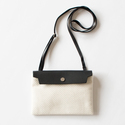
.jpg)
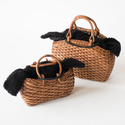
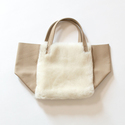
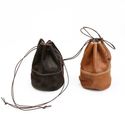
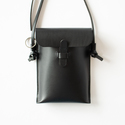

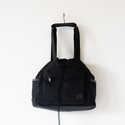

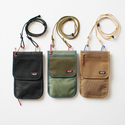
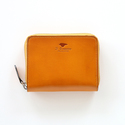
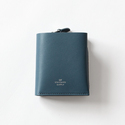
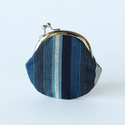
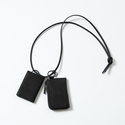
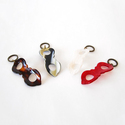
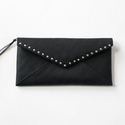
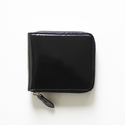


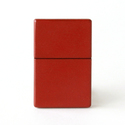
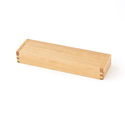
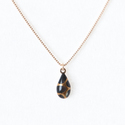

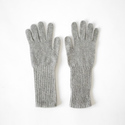


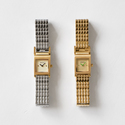

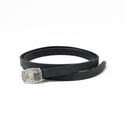
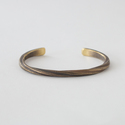
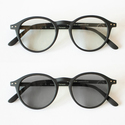
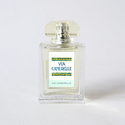

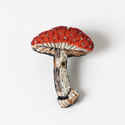
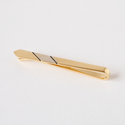



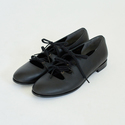
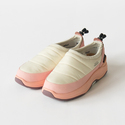
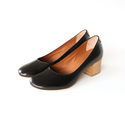


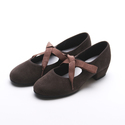
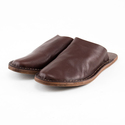
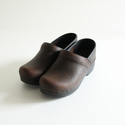

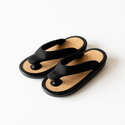

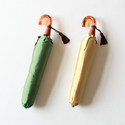
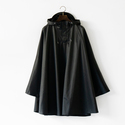


.jpg)


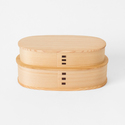
.jpg)
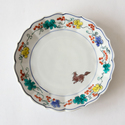
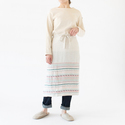
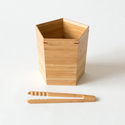
.jpg)

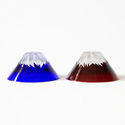
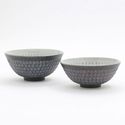
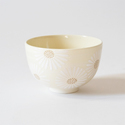
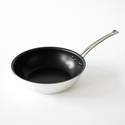

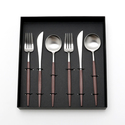
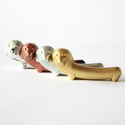

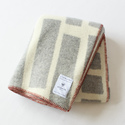
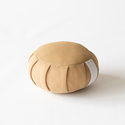
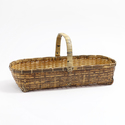


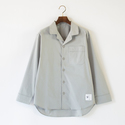
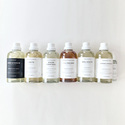

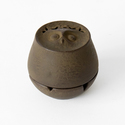



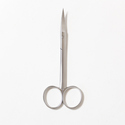
.jpg)
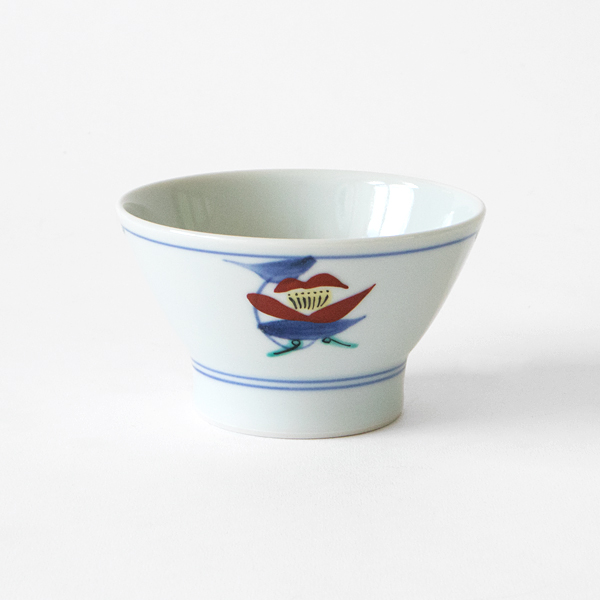
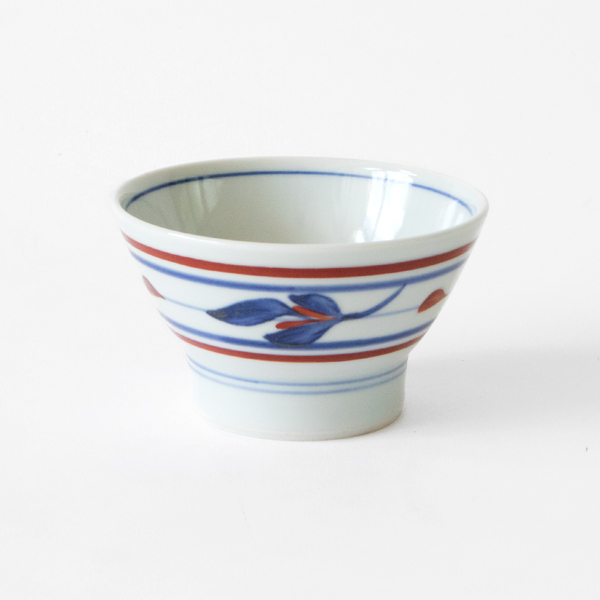
.jpg)
.jpg)
.jpg)
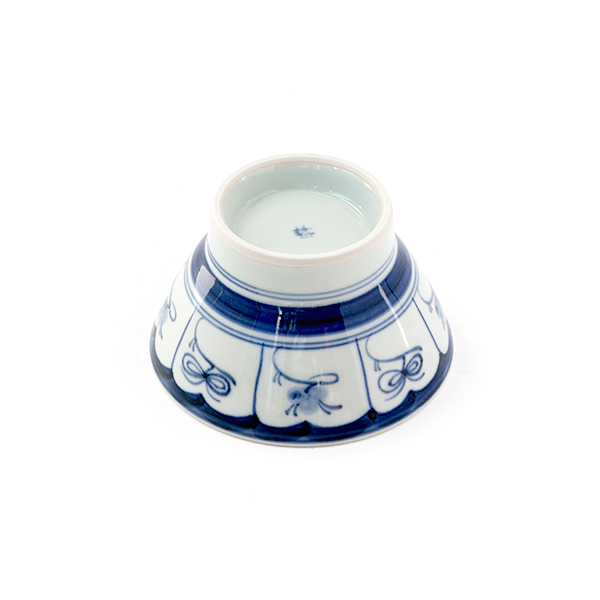
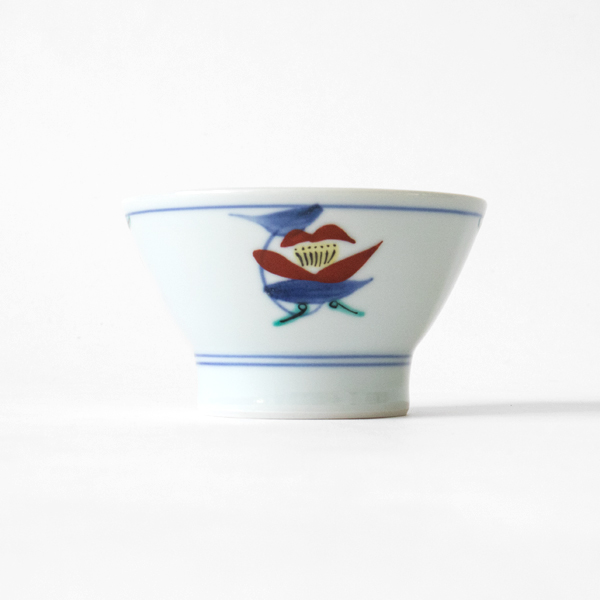
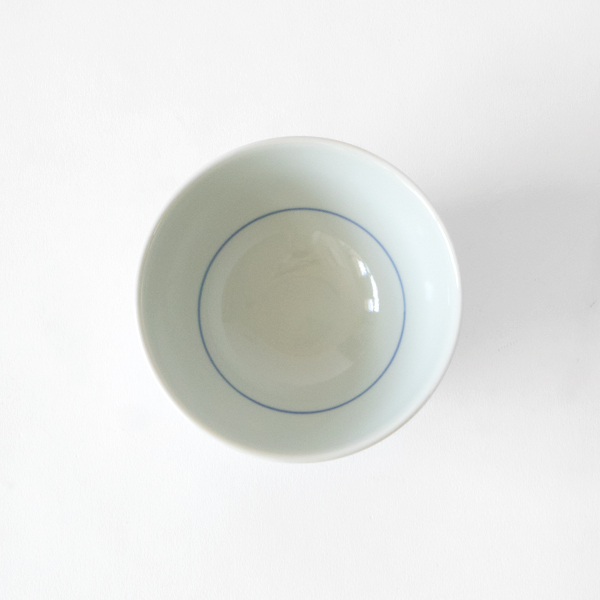
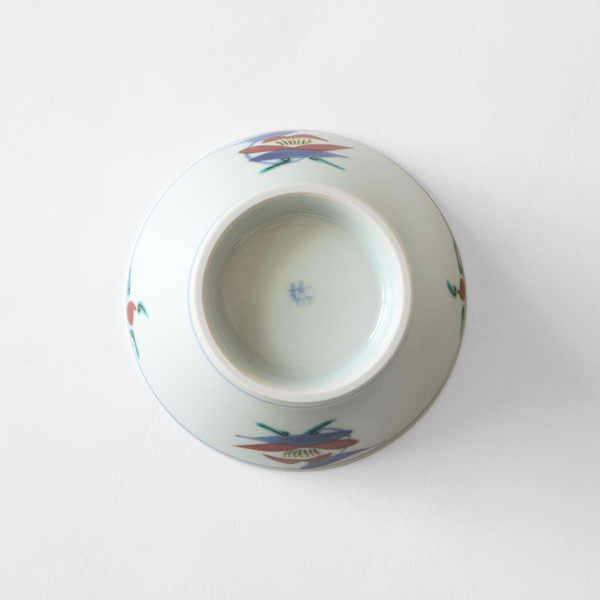
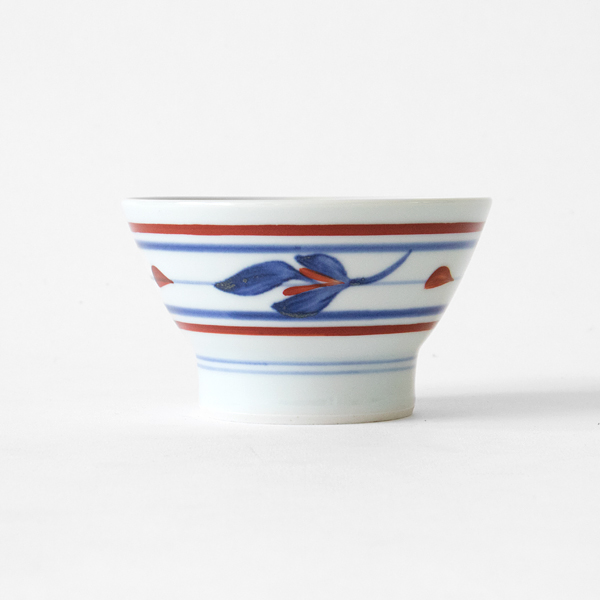
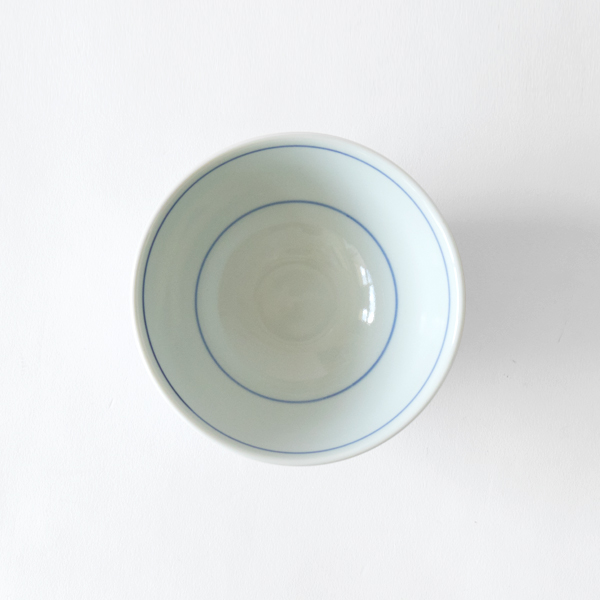
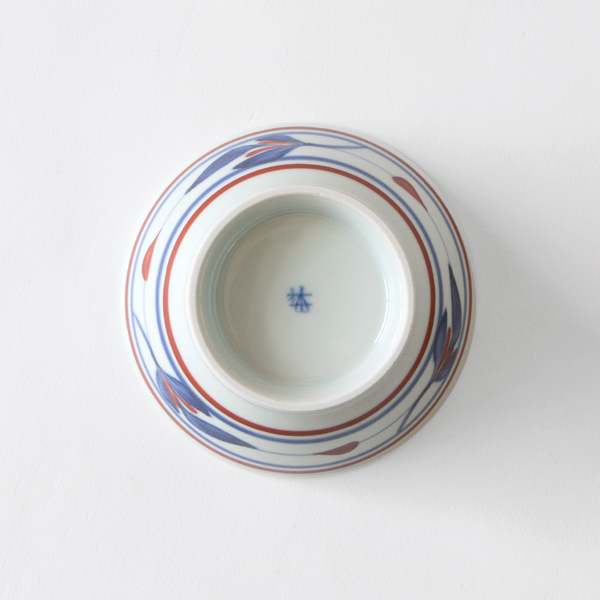
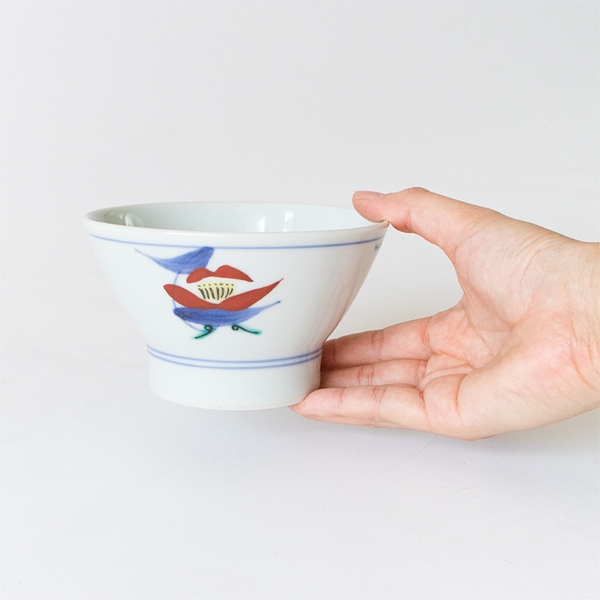
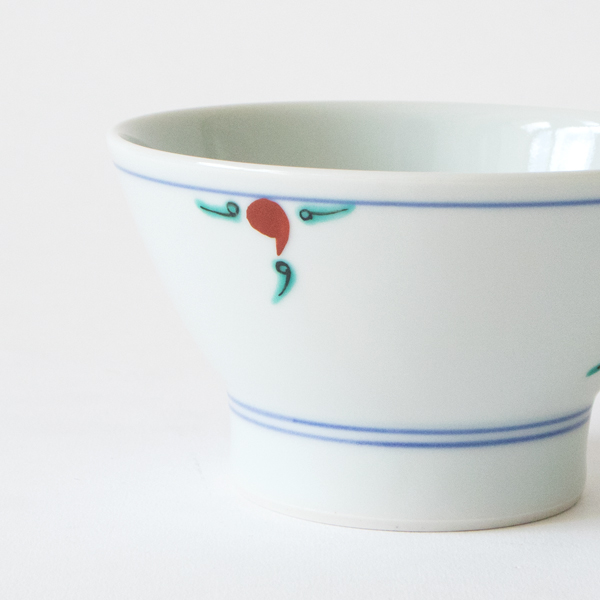
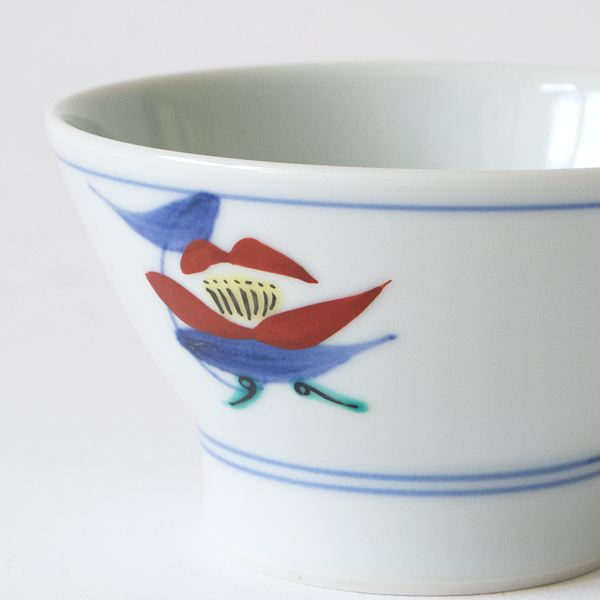
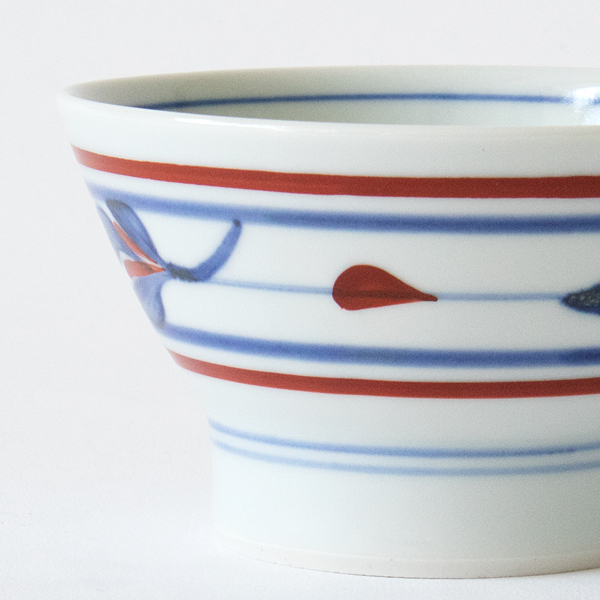

.jpg)
.jpg)
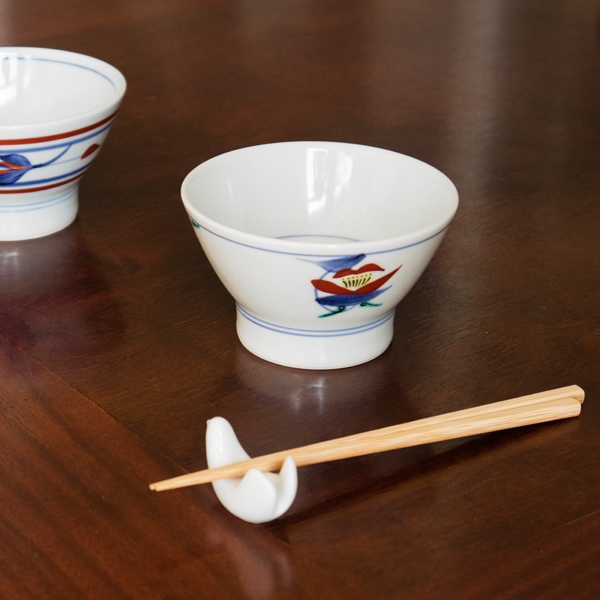












.jpg)
.jpg)
